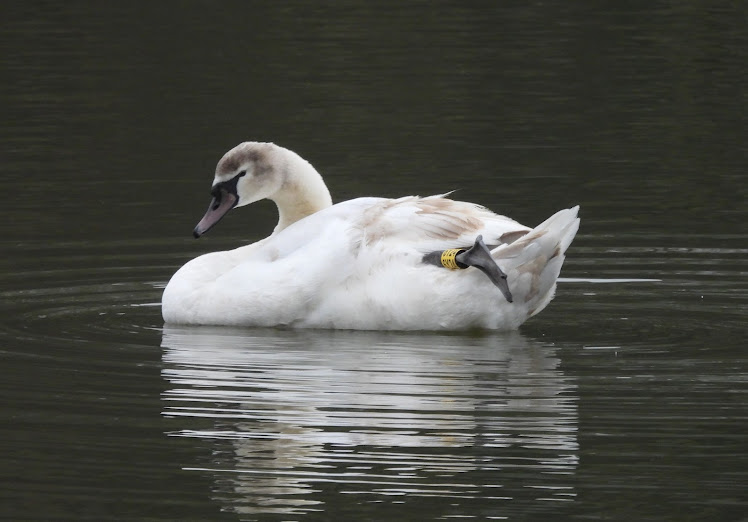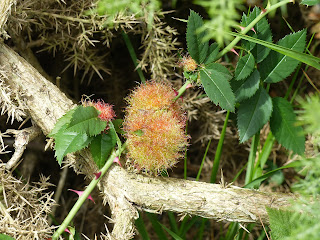This morning I had my first visit to Linacre for a few weeks. It was just 13 degrees, overcast, windy and drizzling on and off (!), but I still had a walk around all three reservoirs.
Water bird numbers were average for the time of the year, with the following birds see: Mallard (98, with 80 adults and 18 ducklings), Tufted Duck (29 birds, including 27 adults and the first 2 ducklings of the year), Mandarin Duck (16 adult birds), Little Grebe (2 birds, 1 adult and 1 juvenile), Great-crested Grebe (2 birds, 1 adult and 1 juvenile), Grey Wagtail ( 4 birds,1 adult and 3 juveniles), Moorhen (16 birds, 10 adults and 6 young), Coot (18 birds, 8 adults and 10 juveniles) and Cormorant (2 young birds).
The woods were quite quiet, but Chiffchaff (1), Blackcap (1), Blackbird and Song Thrush were heard singing. In addition, House Martin was heard, but not seen, whilst I had my first Linacre Swift record of the year (!), when 10 were feeding over the middle reservoir.
A single Brown Hare was seen on the bank of the top reservoir, as was my first Black and Yellow Longhorn Beetle of the year.



.JPG)
.JPG)
.JPG)
.JPG)
